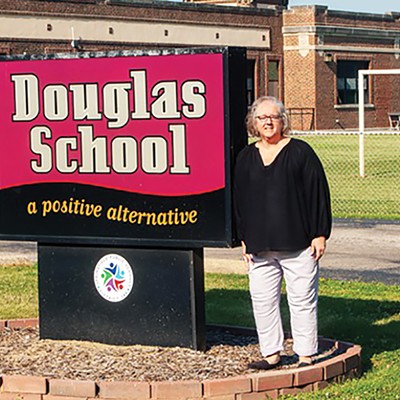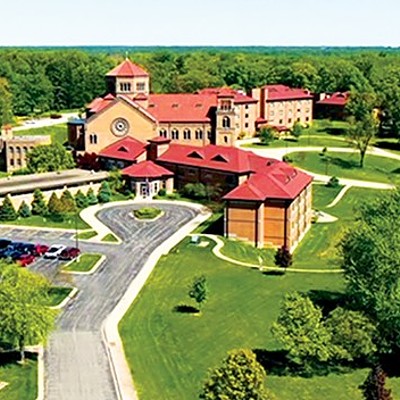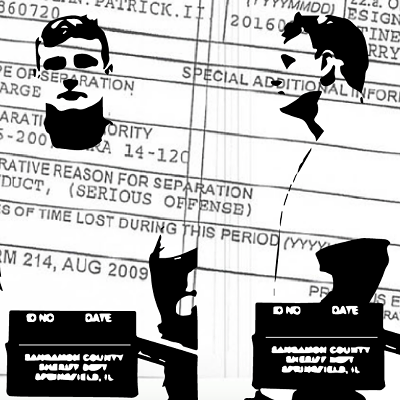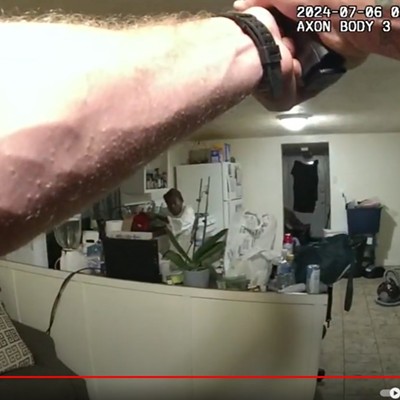WORK ON THE BIGGER PICTURE
The lack of affordable housing, the deplorable condition of properties, racial disparities in educational outcomes and the labor market are issues that need immediate attention from the city and community leaders ("City launches program to rehab east-side homes," May 16).
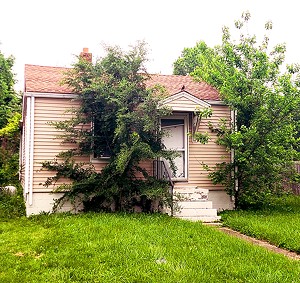
The east side of Springfield deserves more than an experimental pilot program. The problems on the east side require a solution that can only come from serious and determined effort. This project will have no effect without cooperation and sincere partnership between the city and the east-side community. Planning and implementing the project has to be a collaboration. This inclusive approach ensures that the needs and voices of those directly impacted are heard and addressed. It builds trust and a sense of ownership among all stakeholders involved.
Spending $120,000 to remodel a single-story, two-bedroom, 910-square-foot house is not economical, nor does it reflect the concept of affordable housing. Not many people are willing to purchase a $120,000 house in a neighborhood where other houses are boarded up. With focused planning, that money could be enough to remodel the entire block.
Education and training have to be met with opportunity to have any effect. The construction company to head this project needs to be a company formed from the east side or other low-income communities. The funding allocated to serve low-income people pays outside service providers, and none of that money ever circulates within the community.
Kendra Barlow-Johnson
Via illinoistimes.com
FIX IT UP
I used to live at Lincoln Tower Apartments in 2017-2018 ("Lawsuits for Lincoln Tower Apartments," May 23). It's a shame it's gone downhill so much – it could be such a great building. I loved being close to my downtown job, shops, festivals, etc. It had beautiful sunrises facing east, cheap utilities, trash chutes, a small gym and was convenient to all the downtown businesses.
I left in part because the management didn't seem to know what they were doing. Luckily, at the time I lived there, the elevators still usually all worked and the underground parking was still usable. I can't imagine living there now.
It could be such a great place for downtown workers who want to live in a walkable area. For everyone's sake, I hope they're able to fix it up again.
Caroline Kionka
Via illinoistimes.com
CONSIDER THE COSTS
On the drive to Chicago up Interstate 55, you pass a long section near Bolingbrook of nothing but these massive logistics warehouses ("Frito-Lay distribution center slated to be built in Springfield," May 30). The communities around them thought this would be a boon, but it hasn't been as big a success as imagined and comes with a downside.
The warehouses are highly automated, so the number of workers is less than you think. The work is very hard on the body and churns through people relatively quickly. The heavy truck traffic in and out tears up the local roads something fierce, and it's noisy day and night. It can make commutes to work and school more difficult.
As the warehouses age out, they are not repaired, but abandoned for other tenants or sometimes just left empty. This can happen in a shorter time frame than you might imagine.
I'm not saying don't do it, but really examine the costs and benefits and know what you are getting. This is what has happened to other communities who didn't check all the angles first.
Mark Suszko
Via Facebook.com/illinoistimes
A LIFESAVER
I moved from the Springfield area to Indiana, not far from Frankfort, where there is another Frito-Lay plant. Work like this pays well and supports whole families, especially families who have otherwise been down on their luck or haven't been able to complete an education.
When I lost my job in 2020, factory work was a life-saving fallback for me. I could walk in and get a job right away with benefits, a regular schedule and enough money to keep my house. You may see it as a tin box, but people who drive development like this away from their communities truly do not understand what they're giving up. Have you thought about how many kids are in 200 families? Those jobs are clothes on their backs and food in their mouths. I don't say this lightly, but truly if I had been in Springfield in 2020 instead of factory-rich Indiana, I would probably have gone on welfare and lost my house.
Jessie Plowman
Via Facebook.com/illinoistimes





